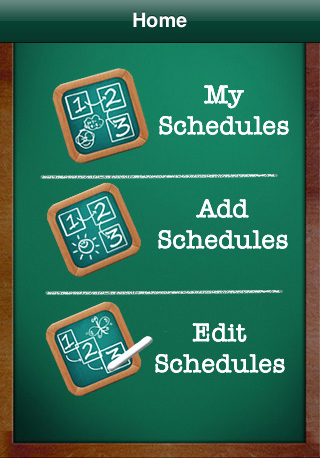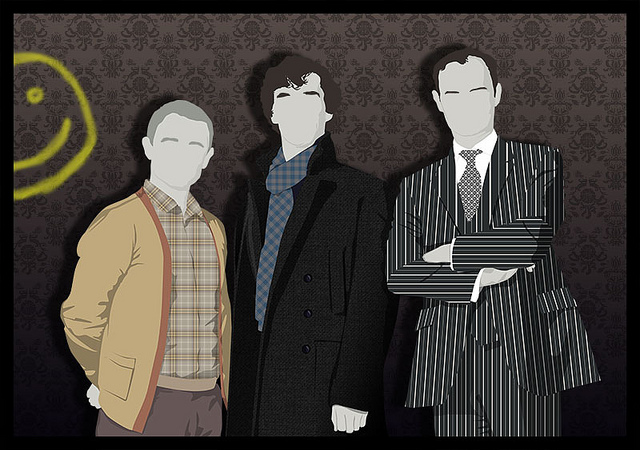We use the term “photographic memory” to describe someone with a better-than-average ability to recall visual details. While the evidence of people with actual eidetic memories is limited, we all know someone who is more able than others to remember things they have seen. You might know a teenager who seems totally scattered yet can almost always find what they are looking for. This is likely due to strong visual memory skills; they can recall seeing their math homework next to their bed as they threw their sweatshirt down on top of it or their saxophone music being slowly engulfed by the pile of papers on their desk.
Your teen might not be able to claim a photographic memory, and may even need to improve working memory altogether. Thankfully, there are ways you can help. Here are 4 tips for helping your teen improve visual working memory.

Apps like First Then Visual Schedule make it really easy to break down tasks and agendas into pictures
Snap a photo. Develop a visual chart of reminders for daily activities or chores. This can help teens with visual-spatial working memory deficits by providing them with external visual cues and relieving them of holding more information than they can handle in their working memory stores. Ask your teen to identify other areas where they are “forgetful” and would like to use visual reminders. Encourage the use of apps like First Then Visual Schedule or Week Calendar, or try a messenger app for picture reminders.
Learn yoga. When we exercise, we release a brain protein called brain-derived neurotrophic factor. Yoga is a gentle, relaxing workout, that is commonly accompanied by mindfulness training. Additionally, this combination of yoga, breathing, and mindfulness has been demonstrated to improve working memory and executive functioning.
As seen on TV. Your teen might envy the uncanny (and uncommon) eidetic memories of Sheldon Cooper from Big Bang Theory or Ichabod from Fox’s Sleepy Hollow. But they’ll have more luck trying to emulate the title character of BBC television’s Sherlock. Sherlock Holmes, played by Benedict Cumberbatch, often goes to a place he calls his memory palace. This is an actual memory device the ancient Greeks called “the method of loci,” and it is a surprisingly powerful visualization strategy that involves placing things you want to remember (especially helpful if they need to be in a certain order) in an actual physical space you are familiar with. Your teen might assign symbols to the main points of a presentation for school and then place those symbols around a room in their mind. They can then recall those points when they are in front of the class by “walking” around, say, their bedroom (that is, the memory of it).
Picture this. Visualization can be good for all sorts of things, from studying materials for a test to memorizing a grocery list, and practicing it can improve visual working memory. Another useful visualization technique comes with shutting off the TV and turning on the radio or picking up a book. Challenge your teen to draw something that is described through audio or text—be it a short story from the Internet or a science textbook. You can model this by sharing what you picture in your mind as you listen to an audiobook together or describe scenes from a book you are both familiar with.
For more tips and apps that can be useful for helping your teen improve visual working memory, check out our Playbooks and app reviews.
Featured image: Flickr user Ronnie Gray




